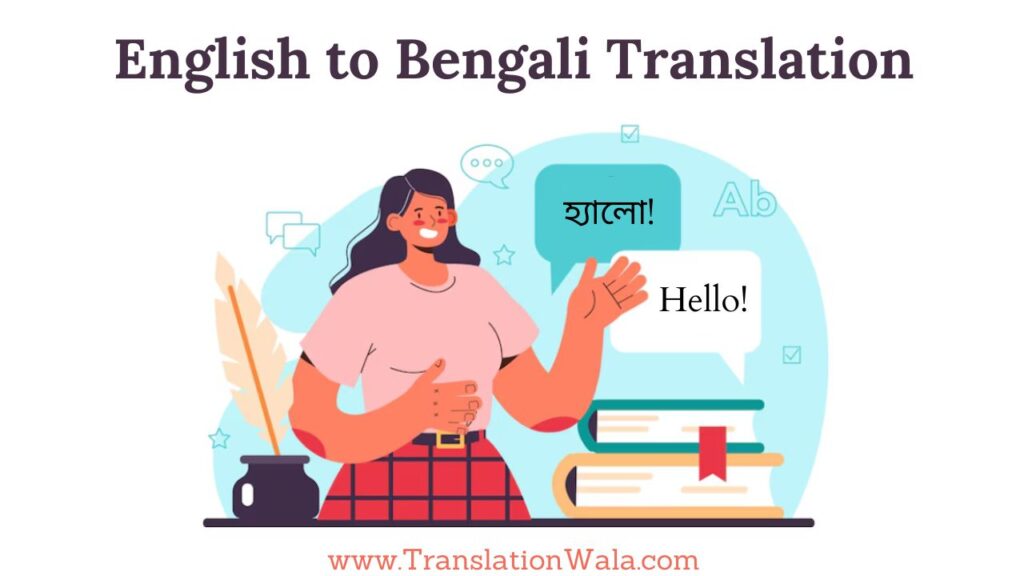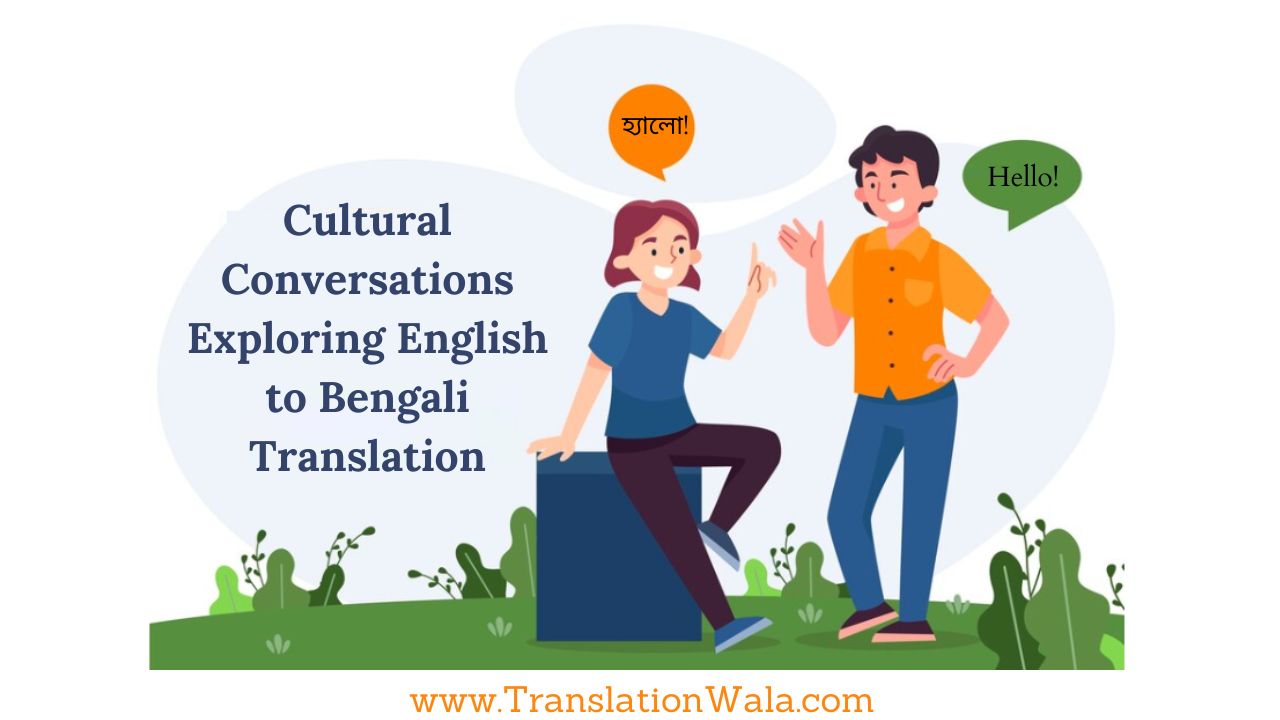It’s not easy to bring people from different countries together. Language, which is the basis of conversation, is very important to this project. When you English to Bengali Translation, you have to do more than just change the spelling of things. To do this well, you need to understand the cultural details that are built into each language.
The Beauty of Bengali
Bengali has a rich literature history. More than 265 million people speak it around the world. Bengali has given a lively culture a voice through the moving poems of Rabindranath Tagore and the engaging works of Satyajit Ray. Bengali has a unique system of honorifics that shows the polite social order in the country.
Challenges in Translation
There are a lot of different problems that come up when translating between English and Bengali.
- Formal vs. Informal Speech: Depending on how serious the setting is, Bengali uses different word forms and verb conjugations. If you translate something literally from English to Bengali, it might sound too serious or even rude. A good translator needs to know what’s going on and change the tone to fit.
- Cultural References: There are many words and phrases in English that don’t have a clear answer in Bengali. If you translate these exactly, you might get lost. If necessary, a good translation will find natural Bengali words that mean the same thing and are funny.
- Food and Social Customs: Bengali society is built around food. In English, there is no clear word for dishes like Roshogolla and Shondesh. In the same way, social norms like greeting someone with “Pronam” (respect) might not have a clear translation. These cultural differences need to be taken into account by the translator, who then needs to find ways to explain them to the audience.
Also Read: Gujarati Elegance: The Art of English to Gujarati Translation

Beyond Words: Capturing the Essence
It’s not enough to just change words in a good translation. Its goal is to get to the heart of the source text and translate it correctly into the target language. To do this, the translator needs to know a lot about both societies and be able to think outside the box.
Here are some things that can be done to make an English to Bengali translation better:
- Translating for the Audience: Think about the people you want to reach. Do they know anything about Bengali culture? If not, you might need more information to make sure you understand.
- Using Established Glossaries: For expert translations, using well-known glossaries with standard versions for certain terms can help make sure that the work is correct and consistent.
- Leveraging Technology: Machine translation tools can be useful for simple languages, but they often have trouble with subtle cultural differences. The best thing would be for a person translator to use these tools to make their work more efficient while still being in charge.
The Power of Effective Translation
Translation that works well can help people from different cultures understand each other better. It can lead to new ideas, encourage people to work together, and make the global community more open to everyone.
Here are some examples from real life that show how good translation can help:
- Literature: Translations of Bengali classics like Tagore’s “Gitanjali” have made Bengali writing beautiful for people all over the world.
- Movies: Subtitles that correctly show the cultural setting of Bengali pictures help people from other countries understand the subtleties of the story.
- Business: For cross-cultural partnerships to work, business papers and contracts must be translated correctly.
By being aware of the difficulties and chances that come with English to Bengali Translation, we can open the door to better cultural understanding and relationship.



